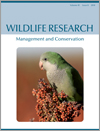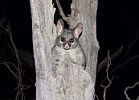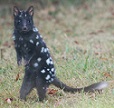
New technologies, such as Radio Frequency Identification (RFID) tags, are revolutionising areas of animal behaviour research due to ease of deployment and low operational costs for wildlife monitoring. However, it is rare for researchers to perform calibration and validation on individual transmitting and receiving units when deploying RFID technology. Instead, practitioners routinely assume that units bought with identical specifications will be identical in performance. Here we show that this is far from true. There is considerable variability among individual loggers and tags that, if uncorrected for, may lead to false conclusions about the behaviour of the animals under study. Photograph by Cheryl Krull.












